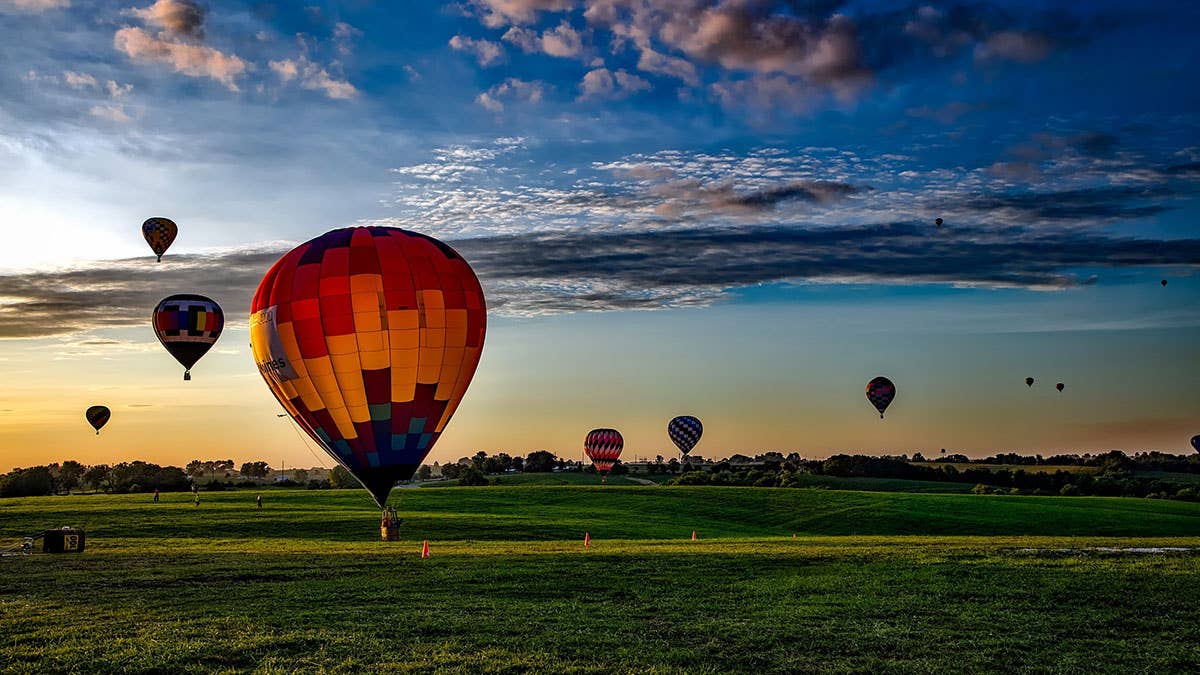
NTSB photo of the accident balloon before the accident. NTSB
Remember that terrible hot-air balloon crash in central Texas a few summers back? The accident claimed 16 lives, including the pilot’s, when the balloon struck high-tension power lines following a short, early-morning flight. The crash claimed more lives than any other aviation accident in the previous seven years. Not to mention this was only a balloon, not a Part 121 or Part 135 commercial aircraft operation.
At the conclusion of the NTSB's investigation, the Board had no doubts about the most likely cause of the accident, "the pilot's pattern of poor decision-making that led to the initial launch, continued flight in fog and above clouds, and descent near or through clouds that decreased the pilot's ability to see and avoid obstacles."
Contributing to the accident was the pilot’s impaired medical conditions. The Board said, “The accident pilot had been diagnosed with … depression and attention deficit hyperactivity disorder, known to cause cognitive deficits that may affect decision-making and, ultimately, safety of flight.” Additionally, the NTSB learned, “the pilot had several medical conditions that would have precluded his legal ability to operate any aircraft, including a balloon. He was also taking medications prohibited when piloting. He had been arrested on four occasions for driving under the influence.”
In all likelihood, any normal aviation medical examiner would have deferred or denied this pilot’s application for a medical certificate. Strangely however, unlike every other airman in the system who accepts money for their services, commercial balloon pilots are not required to maintain an FAA medical certificate. The reason for this loophole is still unknown.
The NTSB recommended the agency dig into this issue, which the FAA agreed to do. In his closing statement to the public hearing on the accident last fall, NTSB Chairman Robert Sumwalt said, "Today's recommendations, if acted on, will help to bring the safety standards and oversight of commercial passenger carrying balloon operations closer to those that apply to powered flight. Balloon pilots, their passengers, and their passengers' loved ones, deserve no less".
The NTSB and the FAA have exchanged documents that prove the agency is reviewing its oversight of the commercial balloon industry and the possibility of demanding that commercial balloon pilots hold an FAA medical. The last official correspondence between FAA and the NTSB was in December 2017.
Considering how the media these days refuses to let go of any transportation incident or accident, I’m left wondering why people paying good money for a balloon ride, people who assume their pilot has the right stuff, are no safer today than they were during that foggy morning takeoff in July 2016.

Sign-up for newsletters & special offers!
Get the latest FLYING stories & special offers delivered directly to your inbox






